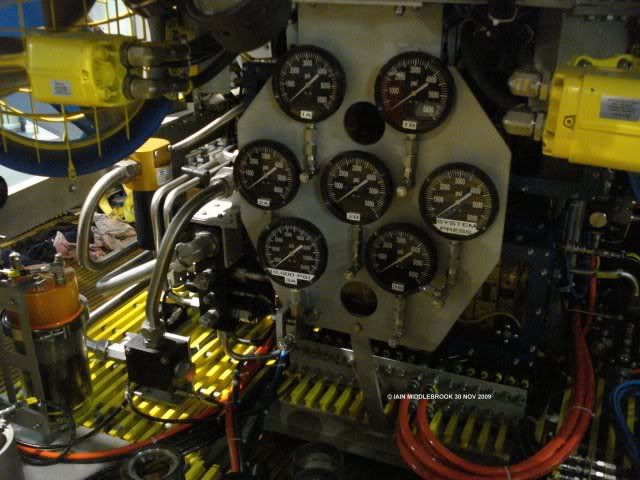Potapko
Contributor
Non linear?
I have no idea if I am even asking this correctly but I'll try to explain what I mean. A couple of friends of mine came across some information claiming that if you compress air to a high enough pressure, you will no longer be able to calculate the amount of air you have in a tank. meaning that a 12l tank at 200 bar has 2400l of air in it. At 300 bar it has 3600l of air, at 400 bar it has 4800l of air.........
Can you "over-compress" air so that the simple equation is no longer valid?
I replied that if possible, it would certainly be at much higher pressure than we use in Scuba diving.
What say you experts?
thanks in advance,
I have no idea if I am even asking this correctly but I'll try to explain what I mean. A couple of friends of mine came across some information claiming that if you compress air to a high enough pressure, you will no longer be able to calculate the amount of air you have in a tank. meaning that a 12l tank at 200 bar has 2400l of air in it. At 300 bar it has 3600l of air, at 400 bar it has 4800l of air.........
Can you "over-compress" air so that the simple equation is no longer valid?
I replied that if possible, it would certainly be at much higher pressure than we use in Scuba diving.
What say you experts?
thanks in advance,





